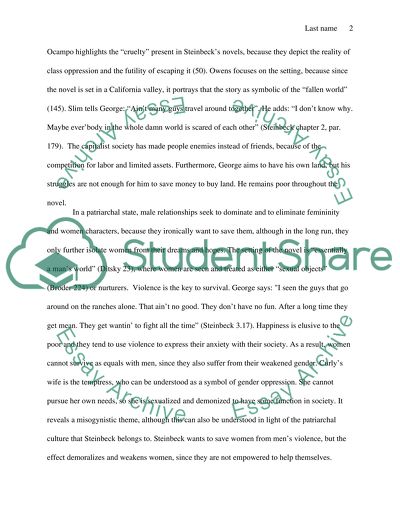Cite this document
(“Isolation and Commitment of Mice and Men Research Paper”, n.d.)
Isolation and Commitment of Mice and Men Research Paper. Retrieved from https://studentshare.org/literature/1444267-isolation-and-commitment-in-of-mice-and-men
Isolation and Commitment of Mice and Men Research Paper. Retrieved from https://studentshare.org/literature/1444267-isolation-and-commitment-in-of-mice-and-men
(Isolation and Commitment of Mice and Men Research Paper)
Isolation and Commitment of Mice and Men Research Paper. https://studentshare.org/literature/1444267-isolation-and-commitment-in-of-mice-and-men.
Isolation and Commitment of Mice and Men Research Paper. https://studentshare.org/literature/1444267-isolation-and-commitment-in-of-mice-and-men.
“Isolation and Commitment of Mice and Men Research Paper”, n.d. https://studentshare.org/literature/1444267-isolation-and-commitment-in-of-mice-and-men.


